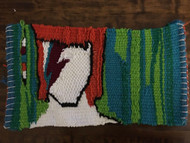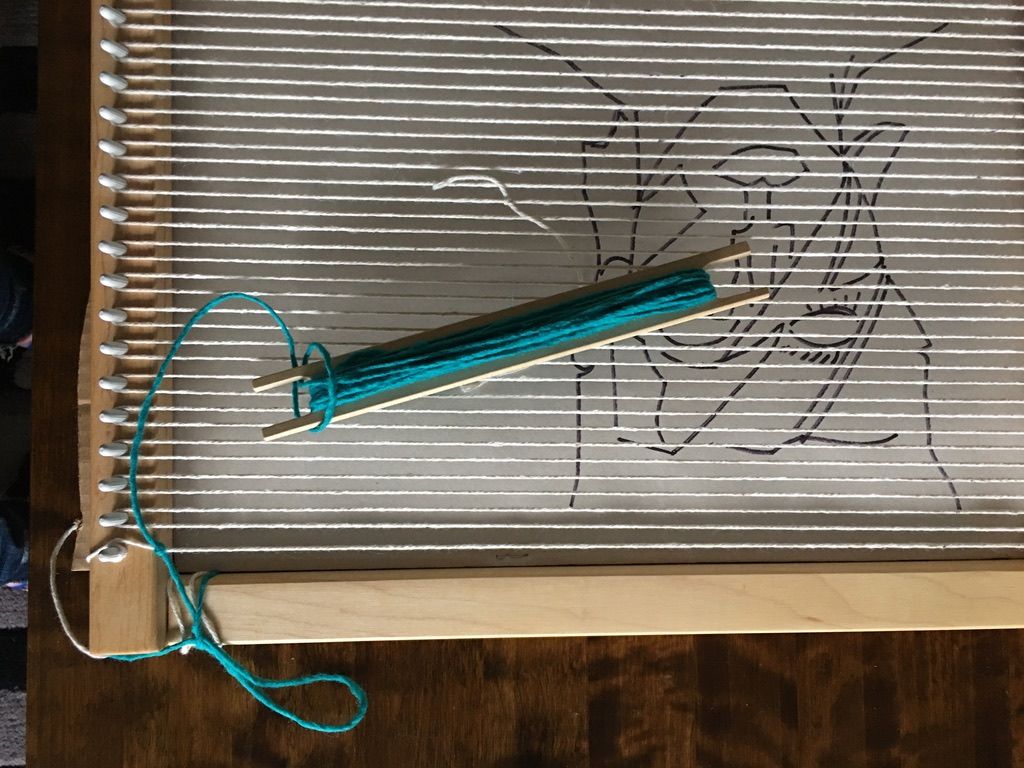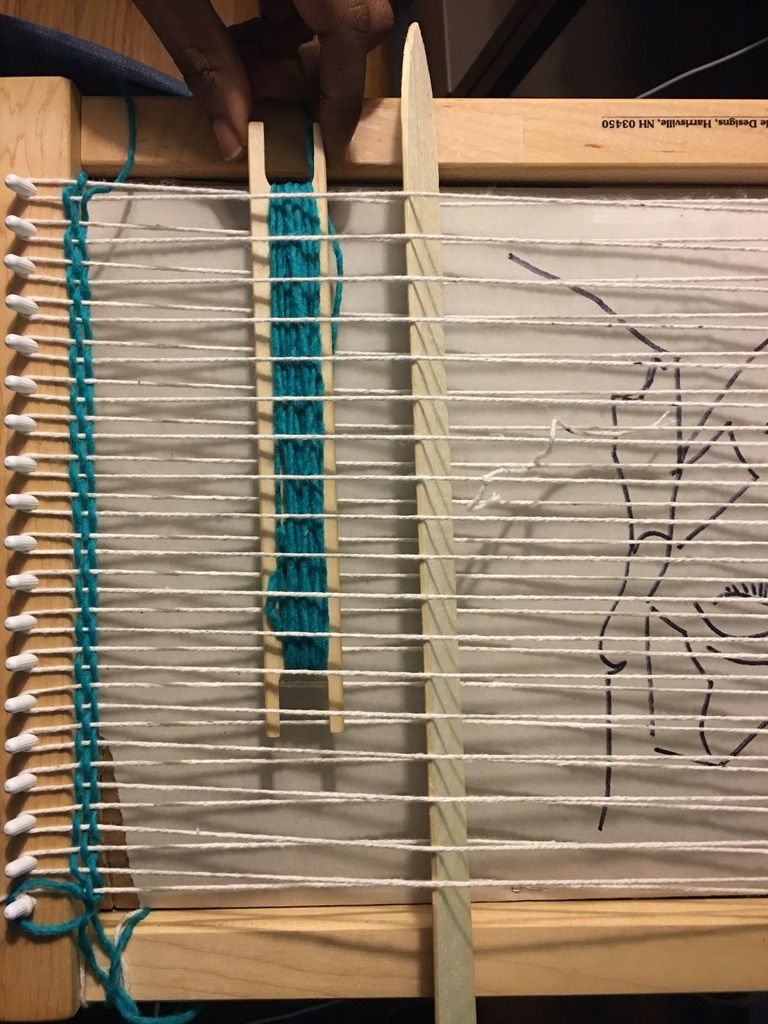If you’re looking for a low-key creative outlet that will bring you tranquility and yield unique holiday gifts, then laploom weaving is for you. You don’t need special skills or training to begin and the start-up costs are minimal. Most weaving kits come with everything needed for a first project, everything else can be improvised from common household items. However if you are a quarantined crafter, you probably have a cache of materials too precious to throw away but too small to use; they are perfect for the loom. Think outside the yarn--if it can be sandwiched between warp and weft, it can be upcycled into your loom-based project. Right now people are loving hand-woven work as evidenced by a quick search on DIY craft sites. Hot off the loom shoppers are scooping up placemat and coaster sets, bookmarks, sachets, runners, and diminutive wall hangings to soften the look of their homes and personalize their accidental home offices. Perhaps owning a woven work of art reminds people that seemingly disparate threads can be thoughtfully knit together to form something of beauty and value.

Japanese Garden Tools Vs. American: What’s the Difference?
You may have seen Japanese gardening tools popping up more in stores and online. Sure, they&rs… Read More









